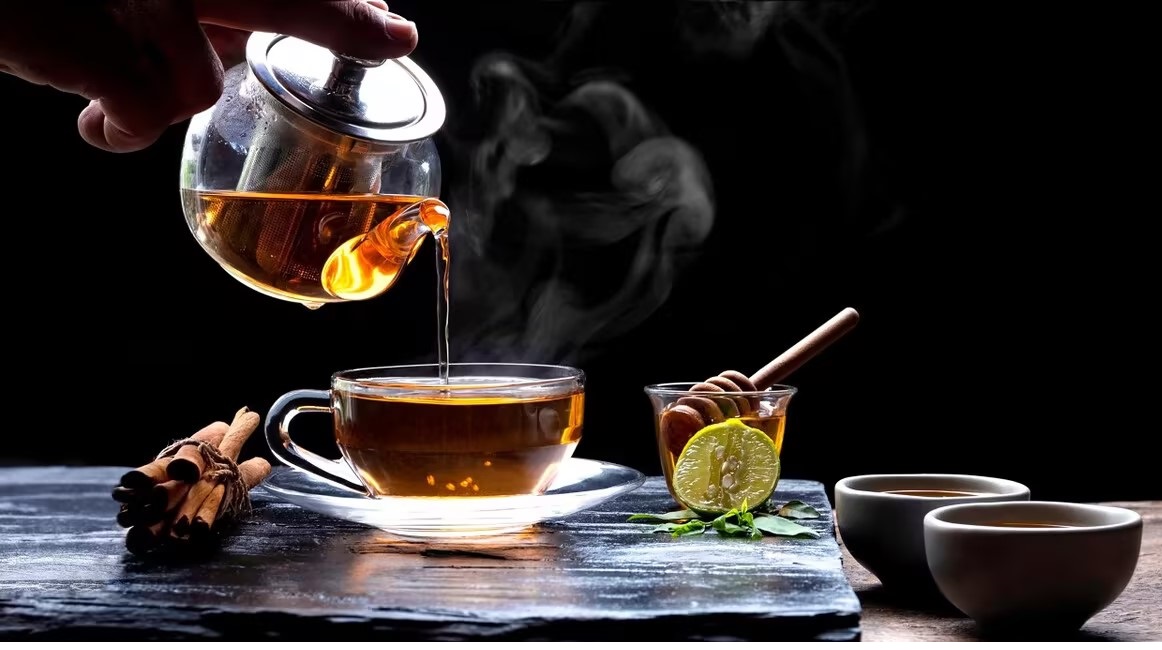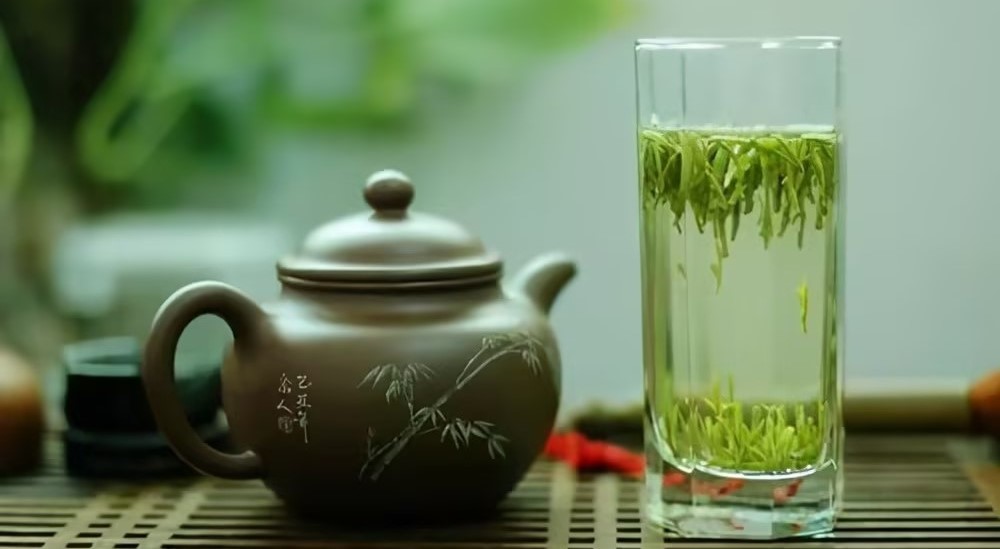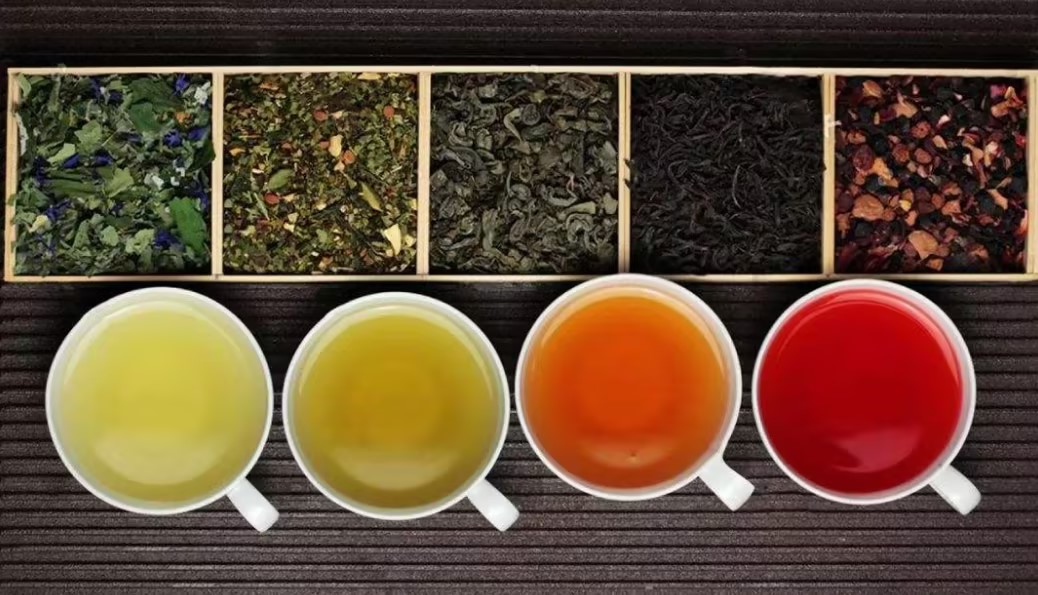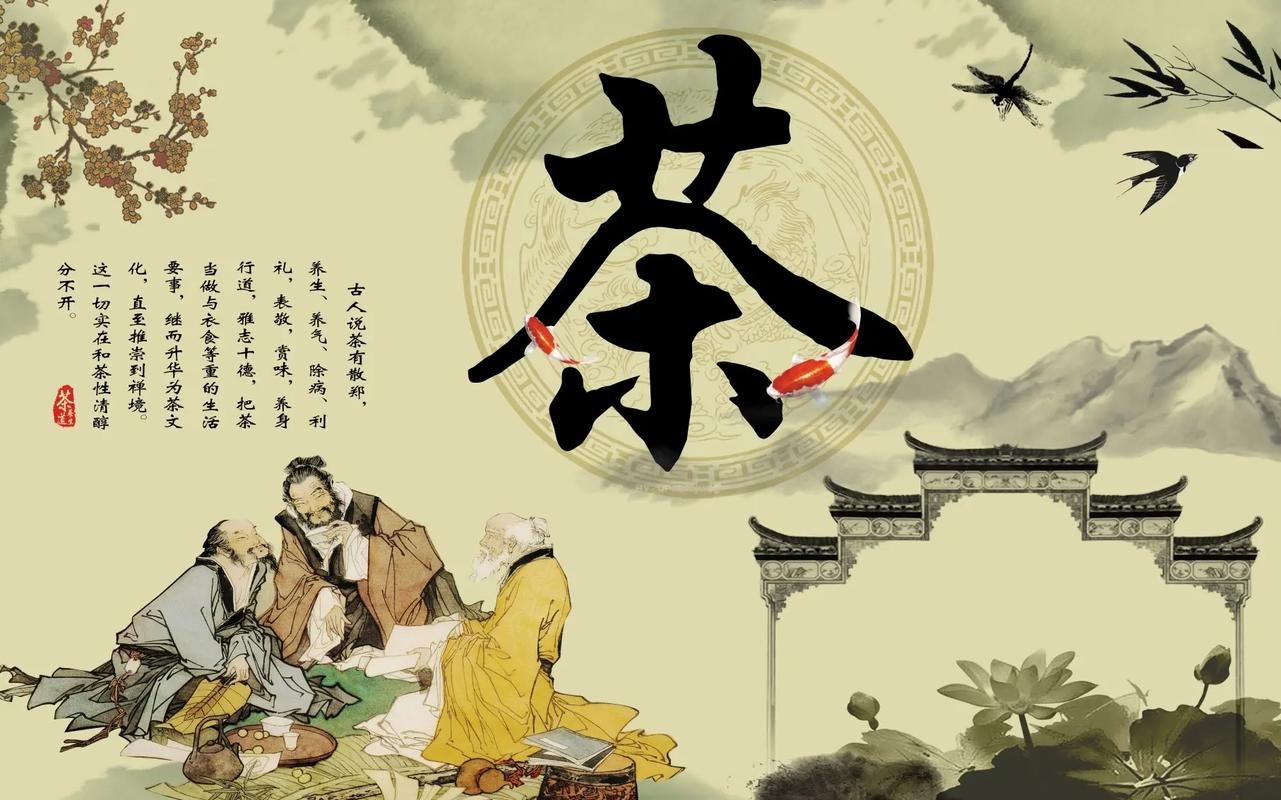 In China, tea has a very long history, and has formed a Chinese tea culture. At the same time, tea is good for our health and is loved by many people. Chinese tea culture is broad and profound. It includes not only material culture, but also profound spiritual civilization. Talking about Chinese tea. Can be traced back to ancient times, it is from the Tang Dynasty and Song Dynasty flourished. From then on, the spirit of tea permeated the court and society, and went deep into Chinese poetry, painting, calligraphy, religion and medicine. For thousands of years, China has accumulated a large number of tea cultivation and production of material culture, but also enriched the spiritual culture of tea.
In China, tea has a very long history, and has formed a Chinese tea culture. At the same time, tea is good for our health and is loved by many people. Chinese tea culture is broad and profound. It includes not only material culture, but also profound spiritual civilization. Talking about Chinese tea. Can be traced back to ancient times, it is from the Tang Dynasty and Song Dynasty flourished. From then on, the spirit of tea permeated the court and society, and went deep into Chinese poetry, painting, calligraphy, religion and medicine. For thousands of years, China has accumulated a large number of tea cultivation and production of material culture, but also enriched the spiritual culture of tea.
"When a guest comes to my home from afar on a cold night I light bamboo to boil tea to offer him." — Ancient Chinese poem. China is the home country of tea. Before the Tang Dynasty Chinese tea was exported by land and sea first to Japan and Korea then to India and Central Asia and in the Ming and Qing dynasties to the Arabian Peninsula. In the early period of the 17th century Chinese tea was exported to Europe where the upper class adopted the fashion of drinking tea. Chinese tea—like Chinese silk and china—has become synonymous worldwide with refined culture. At the heart of the culture of tea—the study and practice of tea in all its aspects—is the simple gesture of offering a cup of tea to a guest that for Chinese people today is a fundamental social custom as it has been for centuries. China traces the development of tea as an art form to Lu Yu known as "the Saint of Tea" in Chinese history who lived during the Tang Dynasty and who wrote The Book of Tea the first ever treatise on tea and tea culture. The spirit of tea permeates Chinese culture and throughout the country there are many kinds of teas teahouses tea legends tea artifacts and tea customs. Better-known places to enjoy a good cup of tea in China include Beijing noted for its variety of teahouses; Fujian and Guangdong provinces and other places in the southeast of China that serve gongfu tea a formal serving of tea in tiny cups; the West Lake in Hangzhou also the home of the Tea Connoisseurs Association noted for its excellent green tea; and provinces in southwest China like Yunnan where the ethnic groups less affected by foreign cultures retain tea ceremonies and customs in original tea-growing areas.

since i started my major in the tea culture of china, i have been deeply impressed by its sophistication and beauty. i would like to share some fascinating aspects of the tea culture of china. in a country with the history of five thousand years, the chinese tea drinking habit dated back to the tang dynasty (618-907ad). it became a national tradition and led to development of a delicate tea drinking ritual. over the centuries, poets and artists in china wrote many marvelous masterpieces, in appreciation of tea and chinese people’s constant love of tea drinking .one of the best-known writers is lu yu, who was regarded as the “tea sage ” for he composed the first book on tea. in his classic book, he detailed his studies of tea, such as the origin of tea, tea tools, tea picking, tea cooking, tea ceremony and well-known areas where tea was grown. and the valuable knowledge he recorded has laid foundation for modern tea culture development. based on ways in which tea leaves are processed, there are five distinct types of tea. they are as follow: the green tea, the black tea, the wulong tea, the compressed tea and the scented tea. among them, may foreigners are familiar with the green tea.It is 4,000 years since the Chinese began to grow and drink tea. There’re many kinds of tea in China, of which Longjing Tea is famous all overthe world. Tea is usually drunk in tea sets. A tea set is made up of a tea pot and someteacups, which are both made of china. Most Chinese are fond of drinking tea. Tea is served not only at tea house and restaurants but also at home. People also drink tea during breaks at offices or factories. It has been discovered that drinking tea does a lot of good to people’s health.




